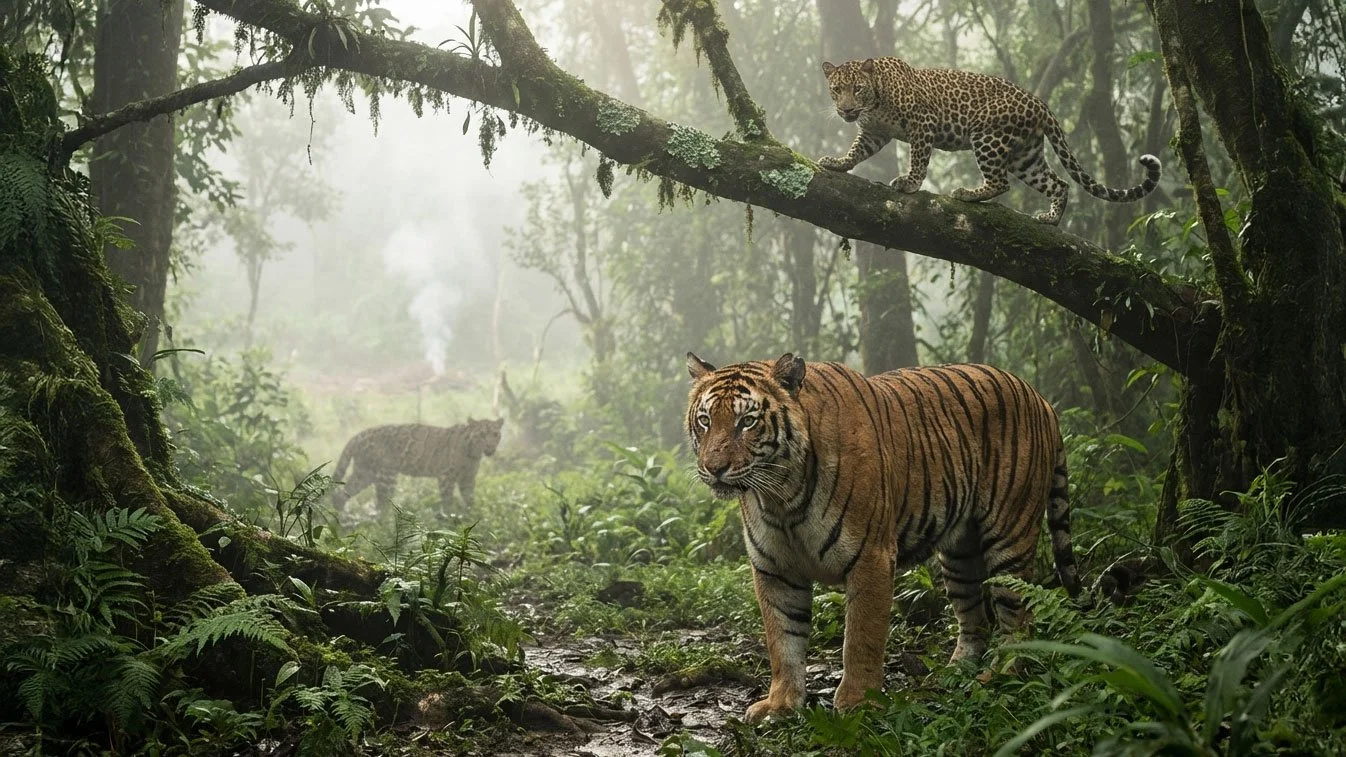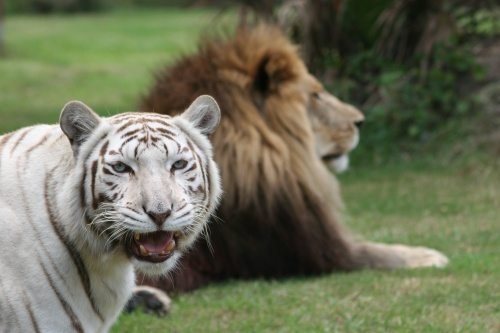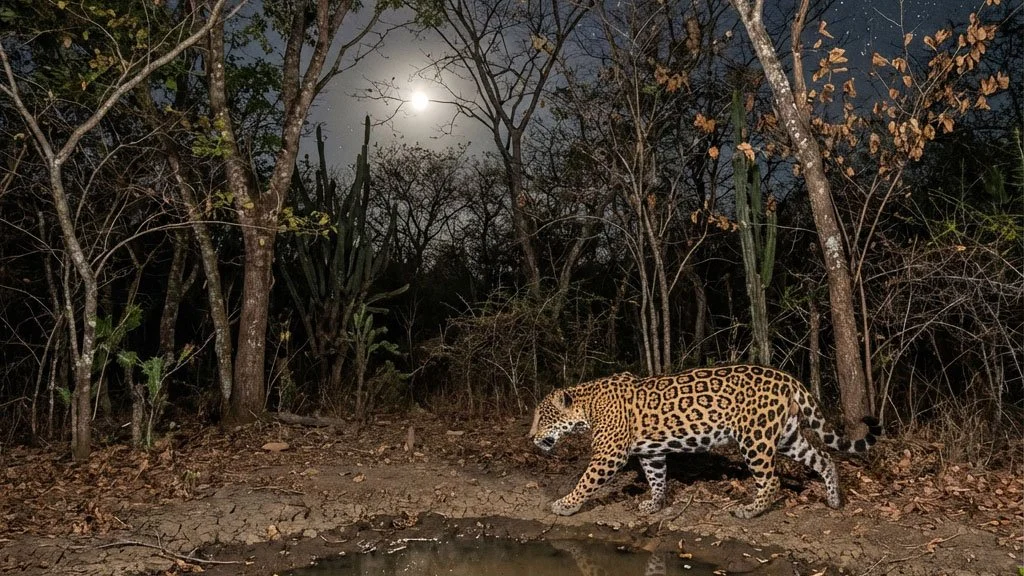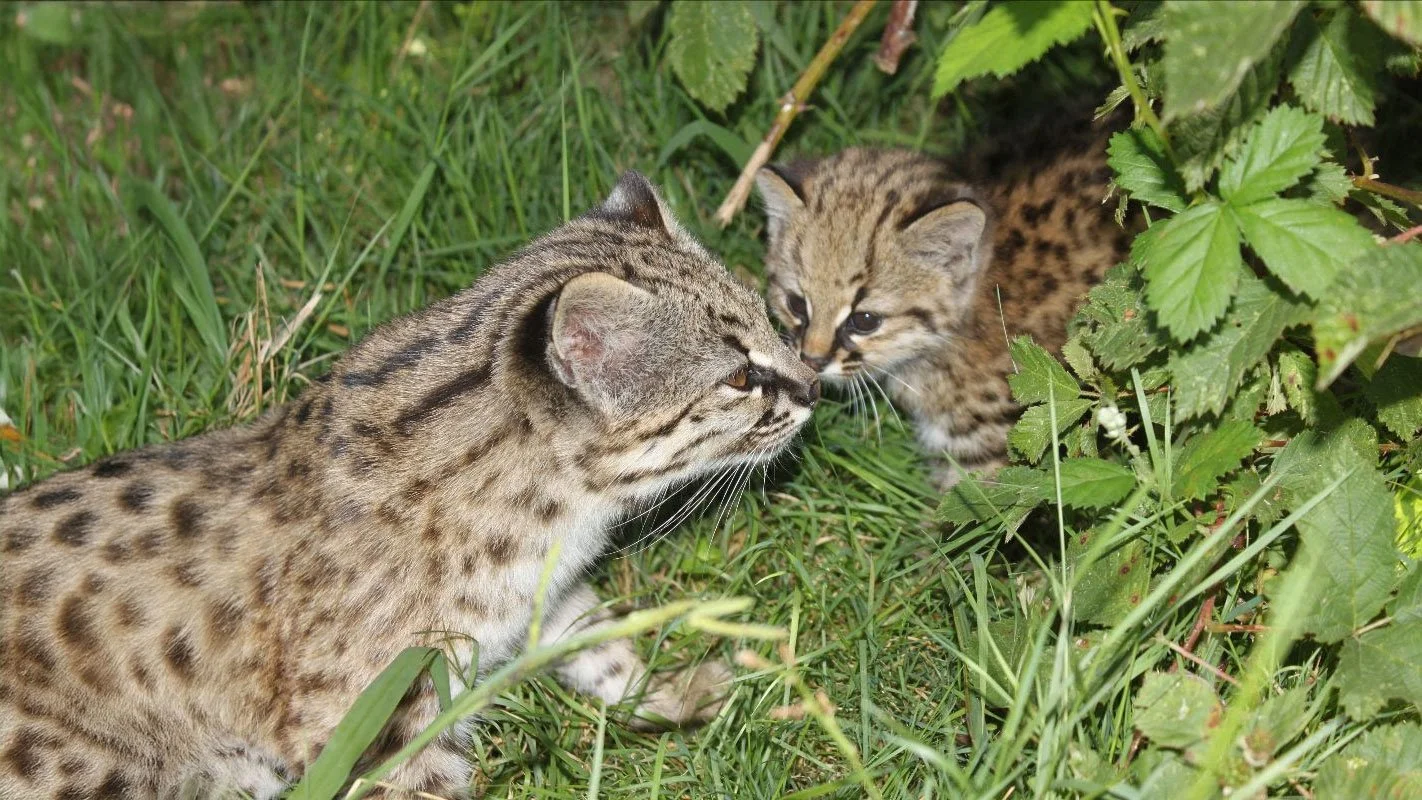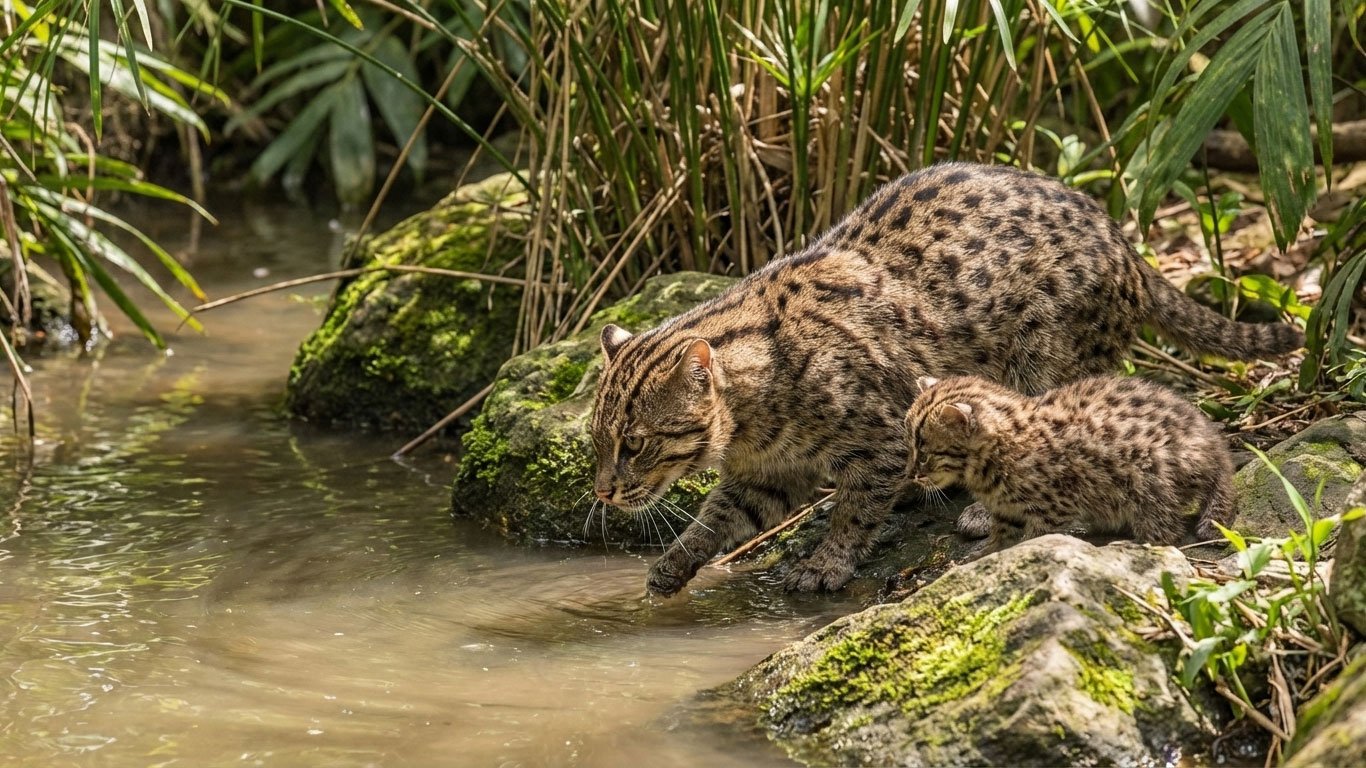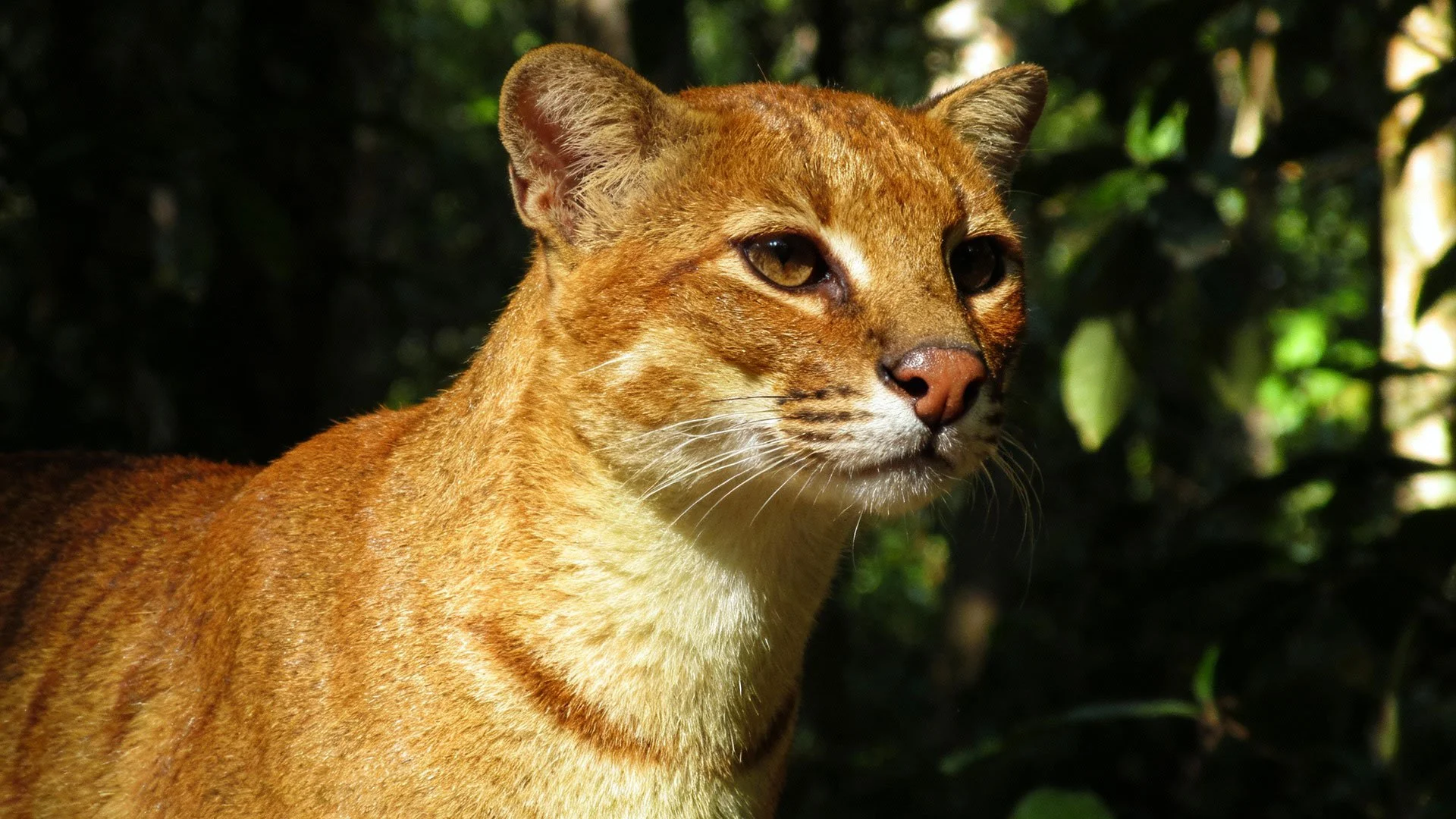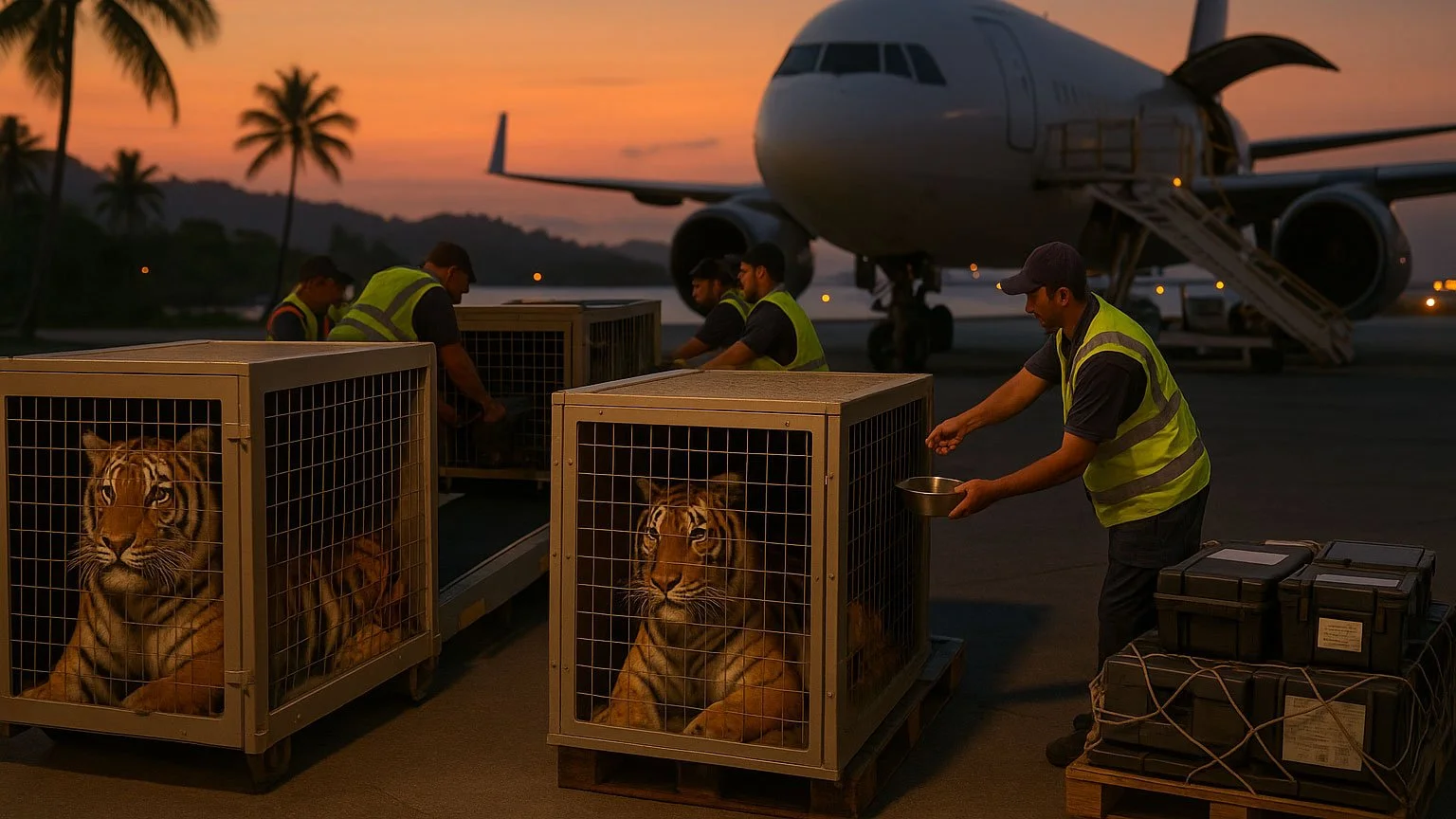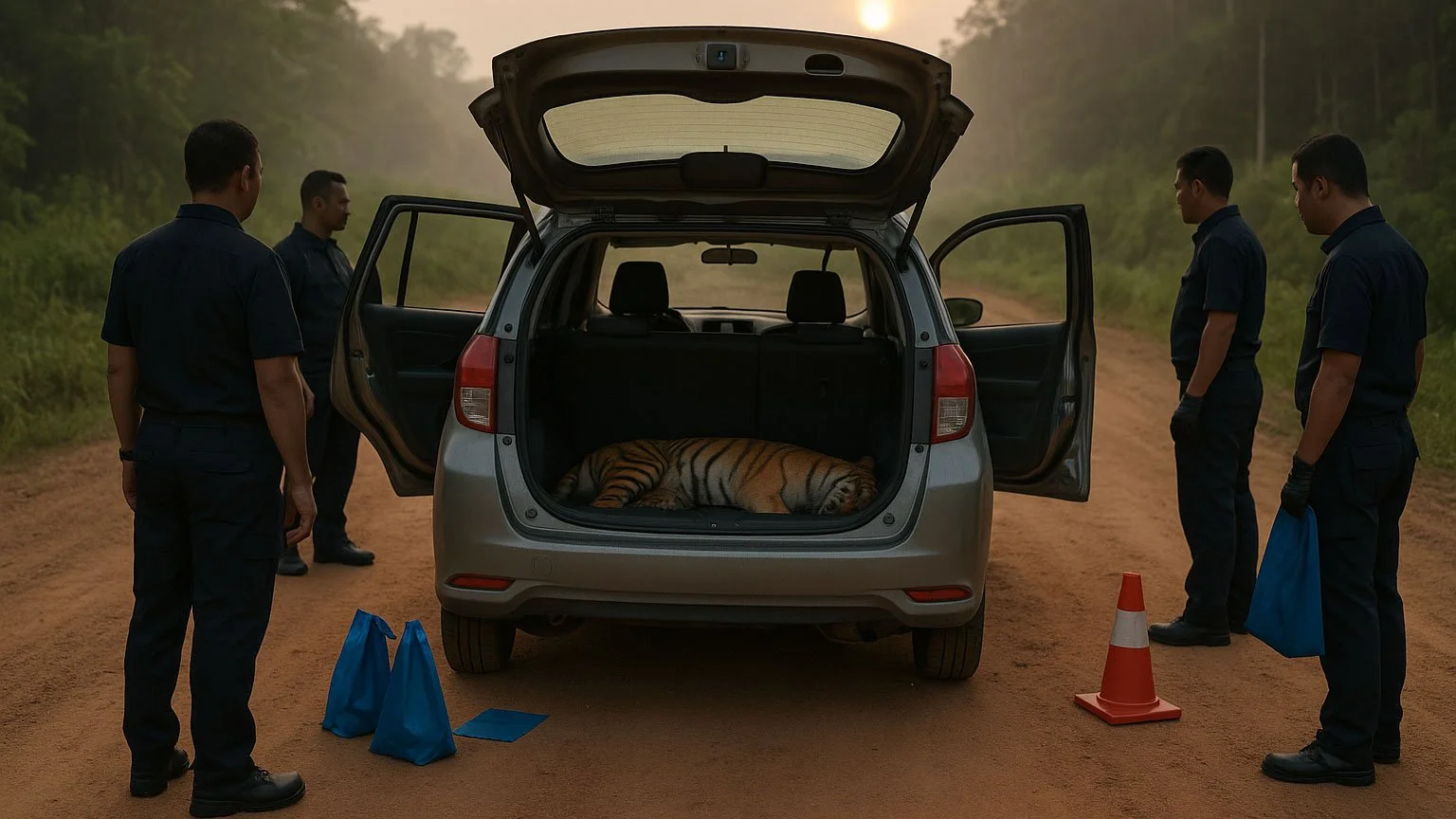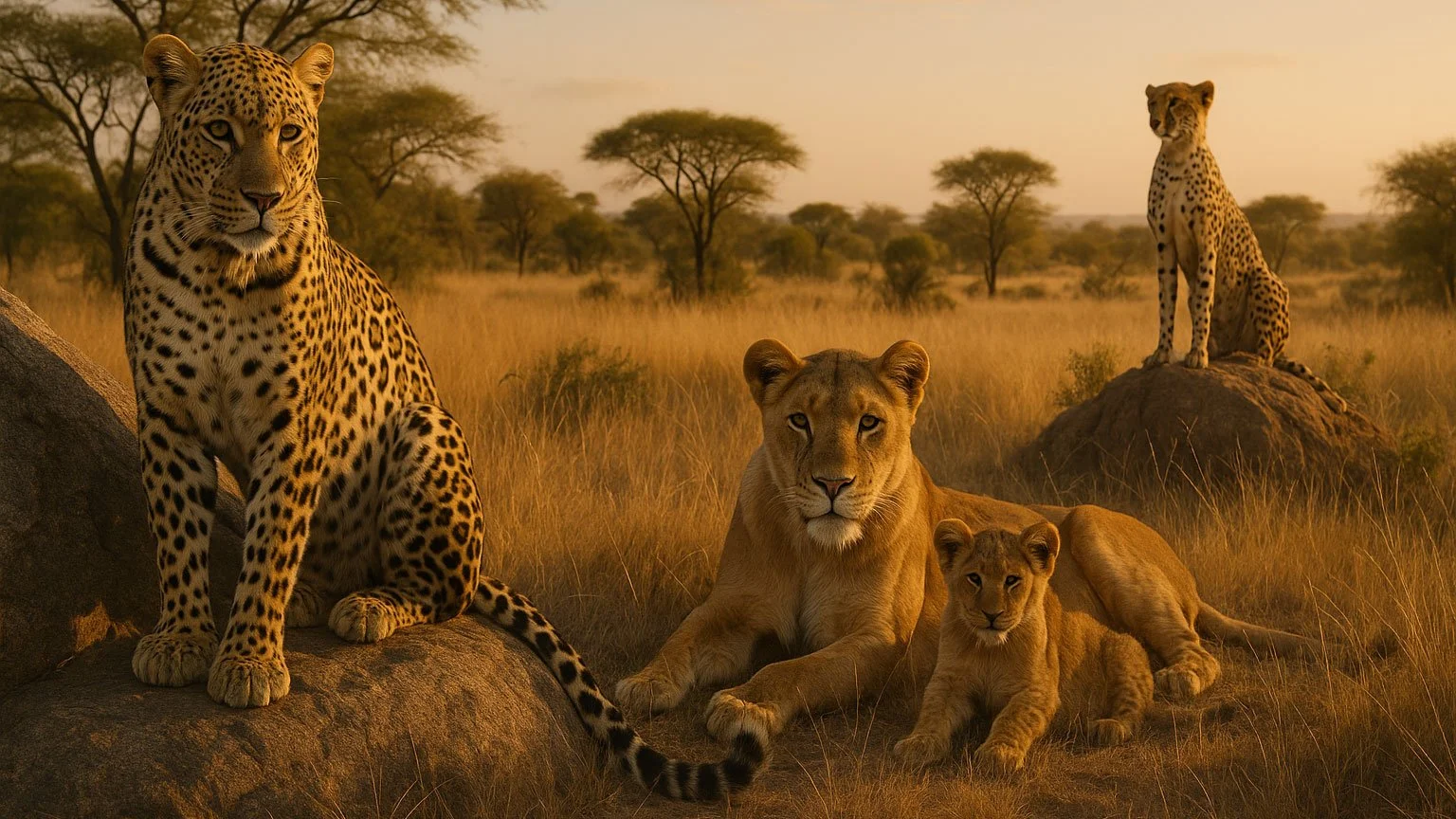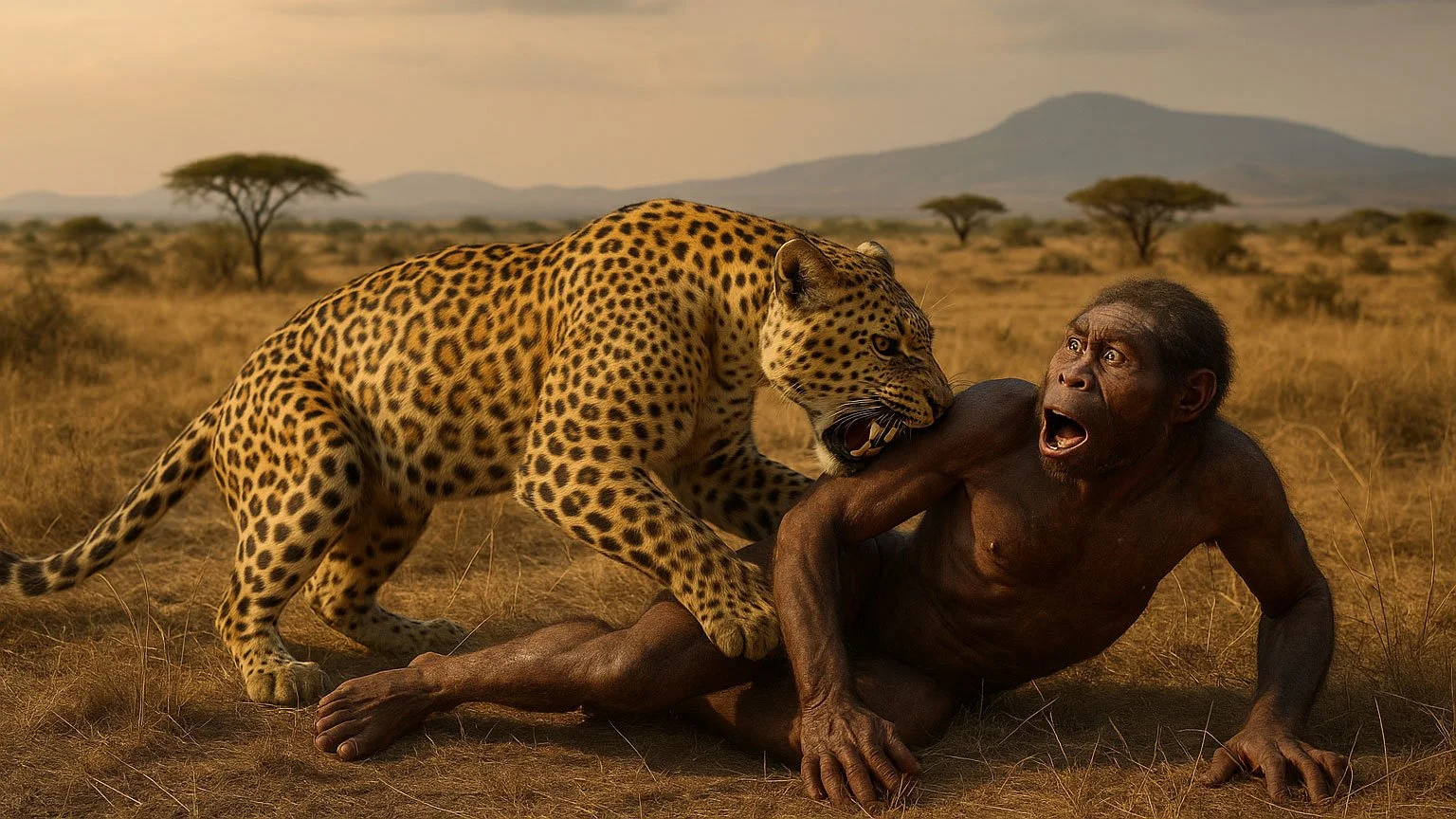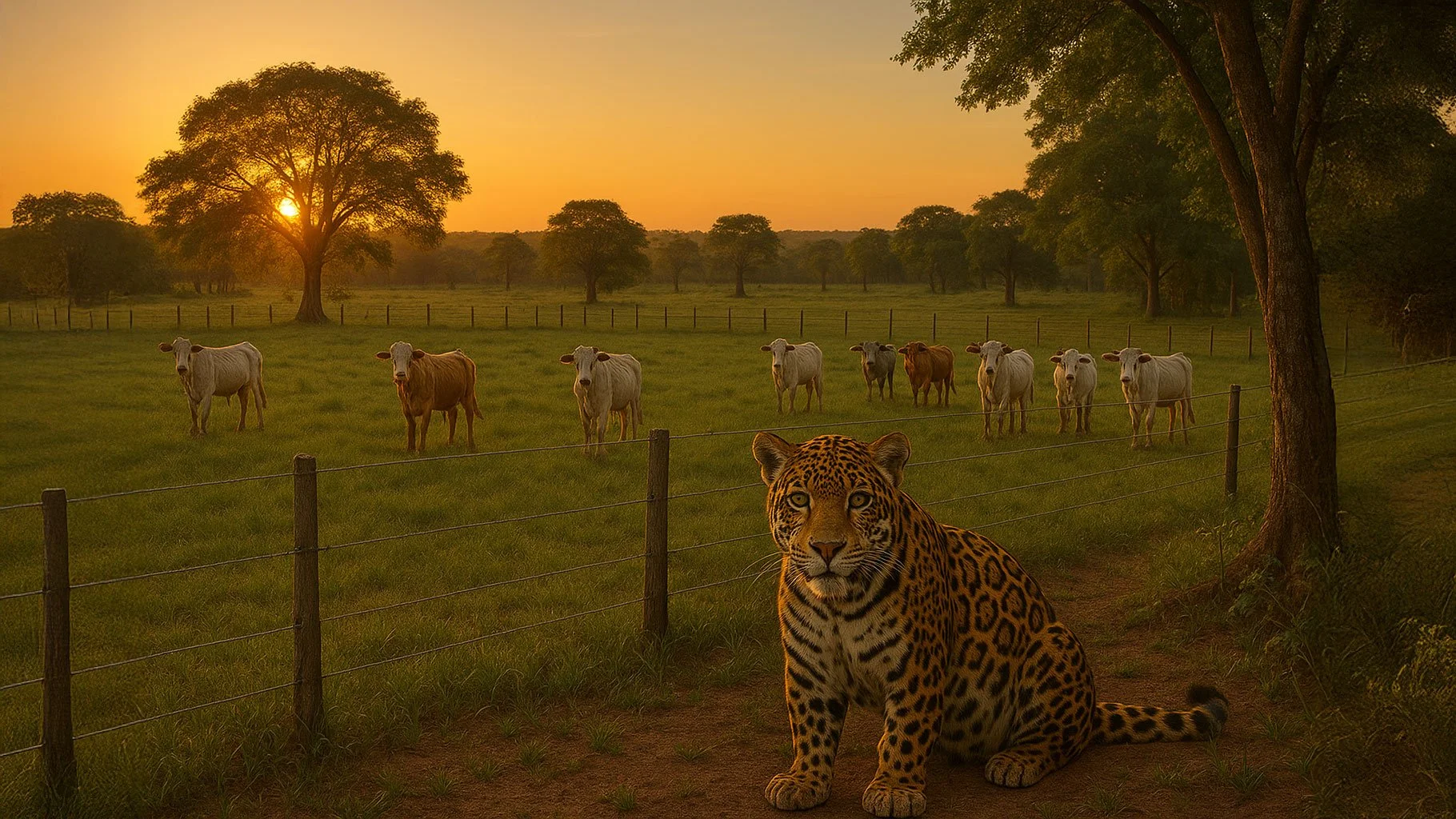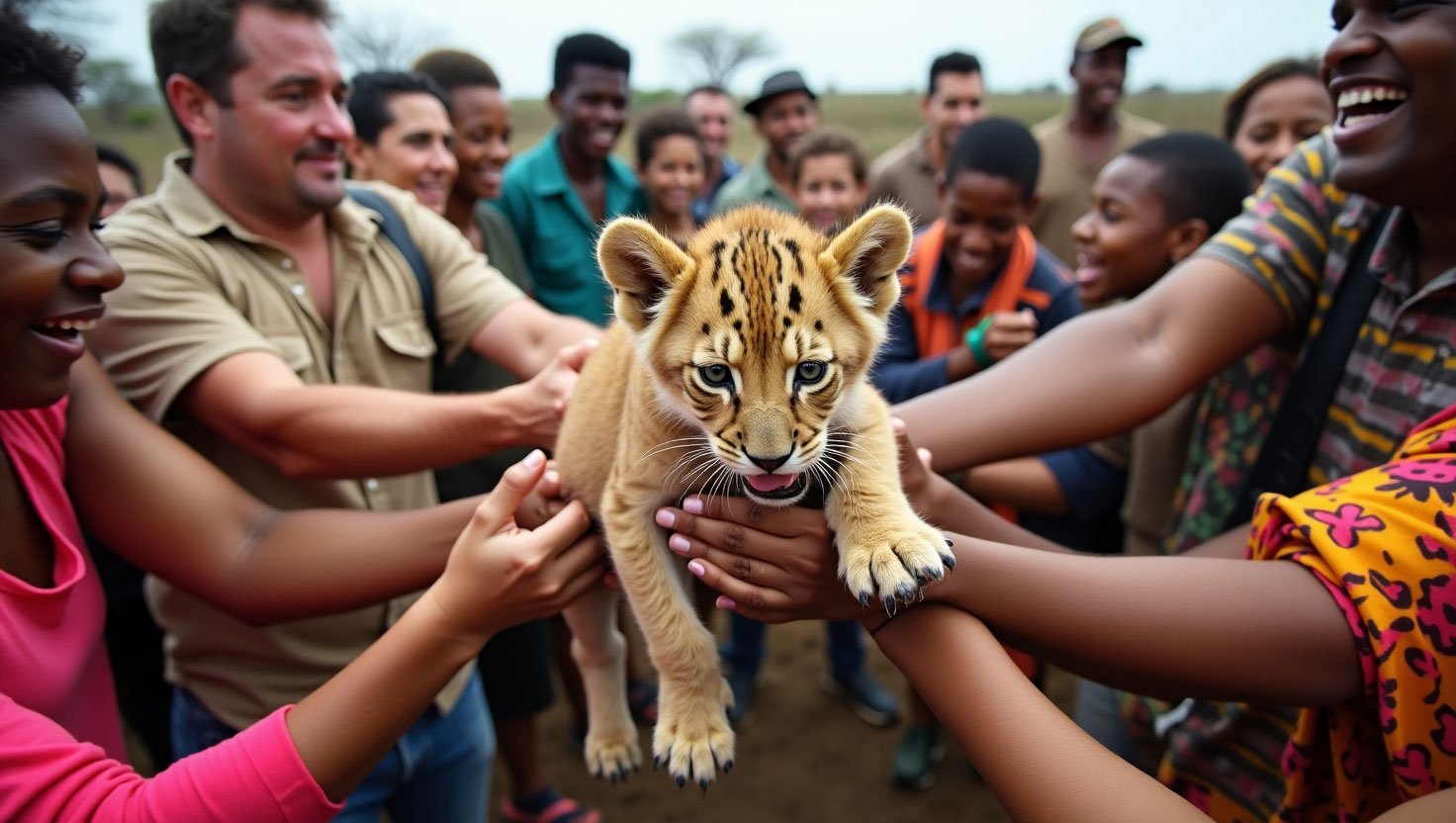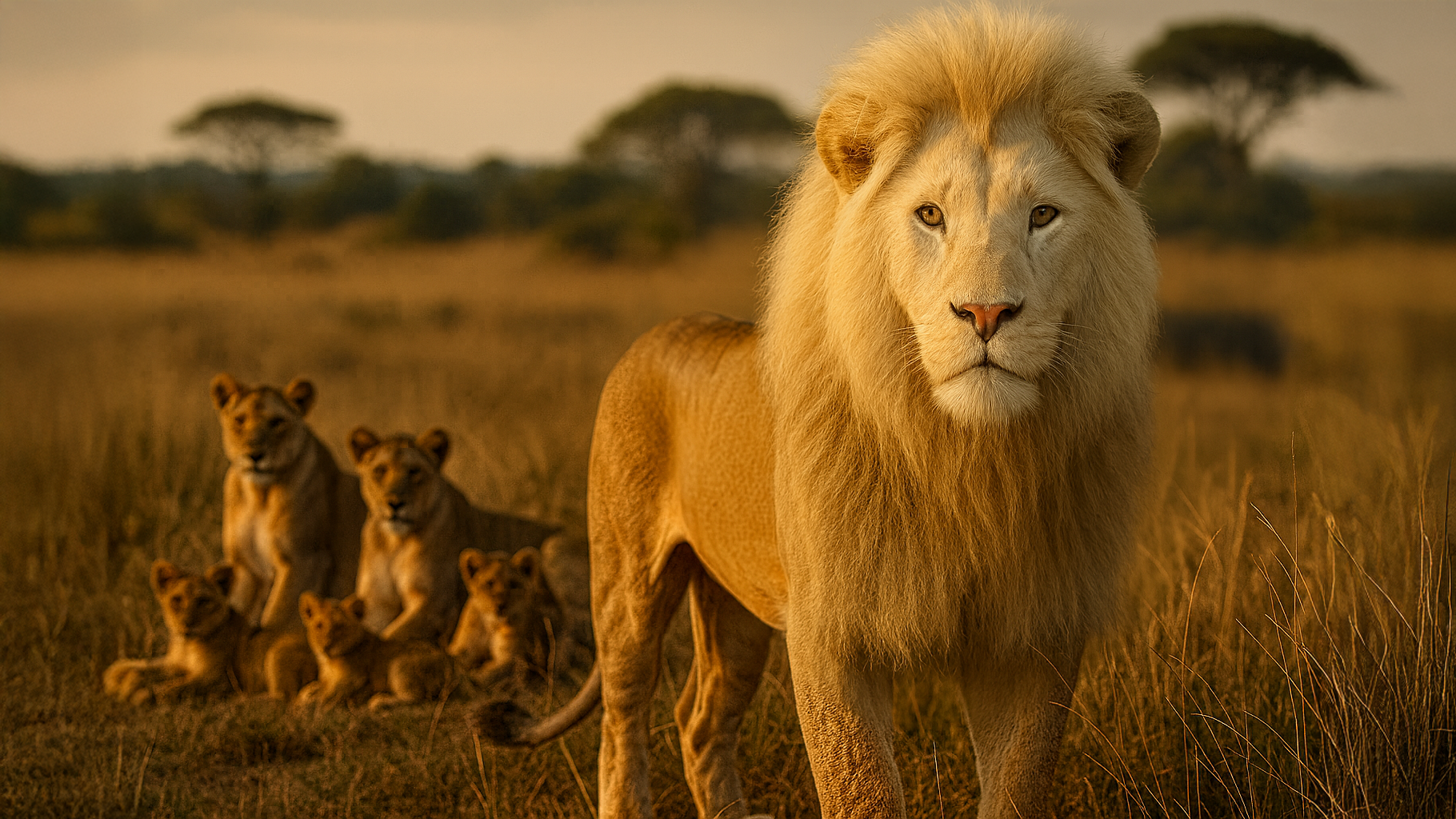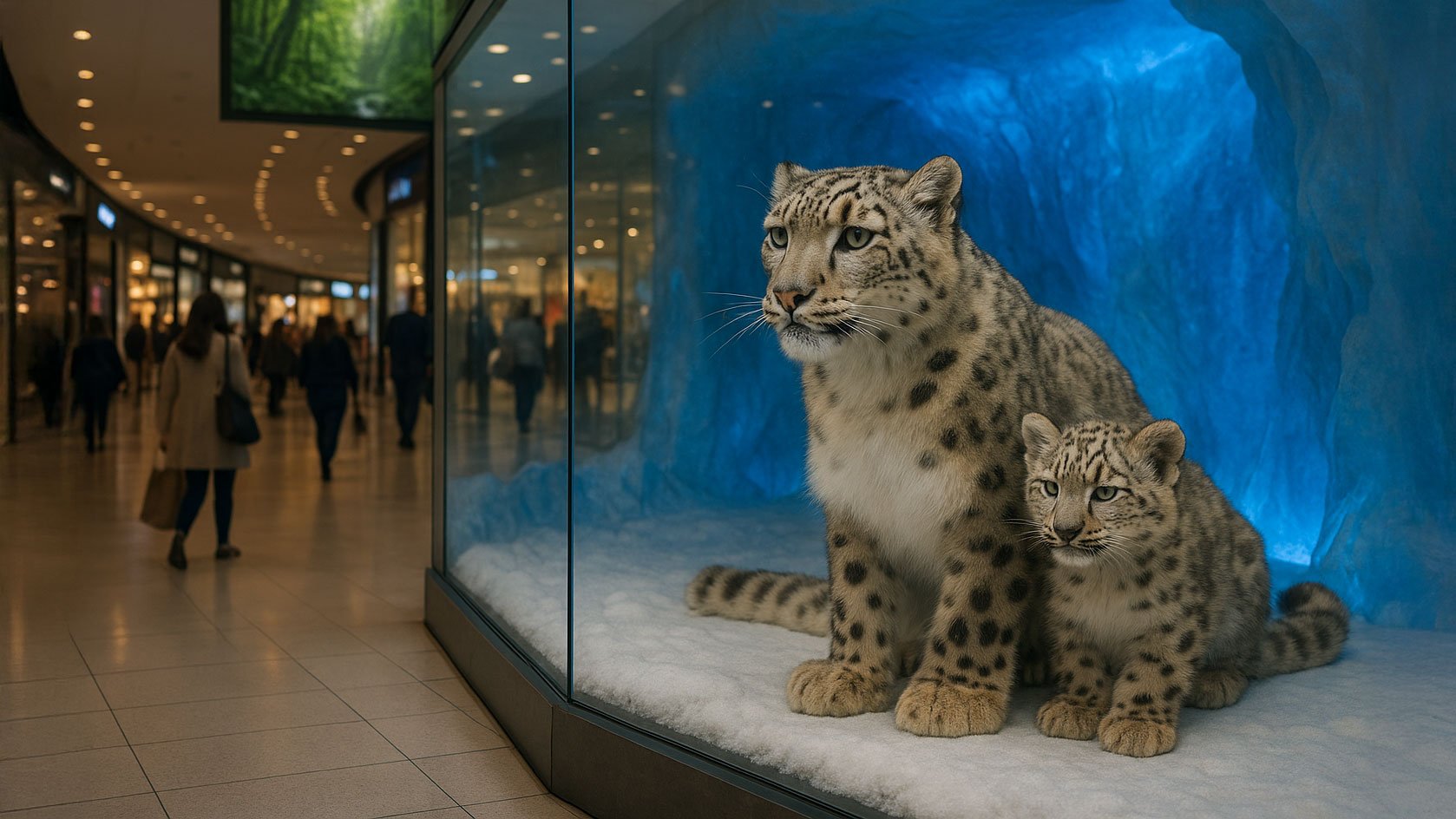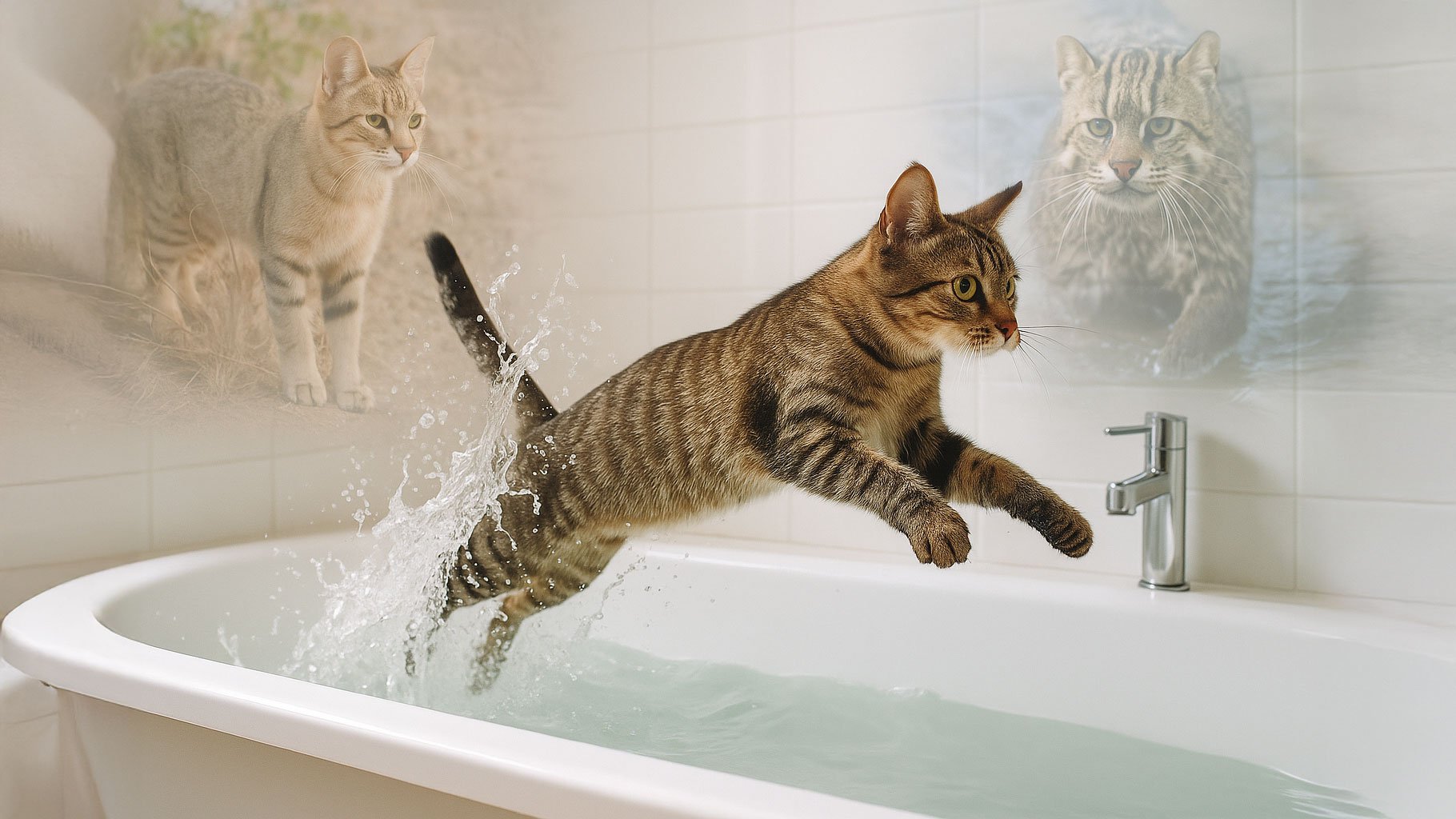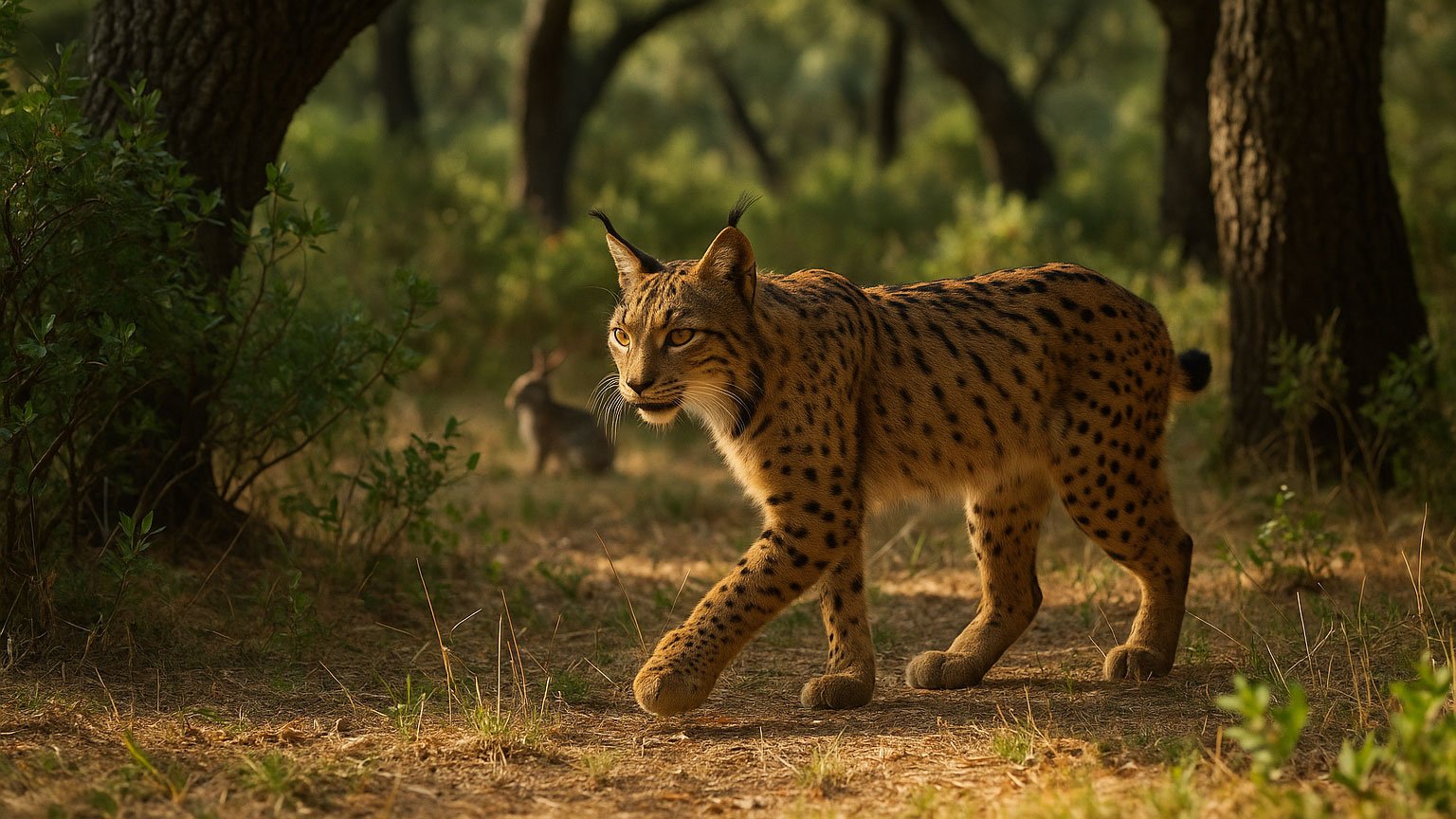Big Cat Rescue 1992-2025
Big Cat Rescue is on a mission to create a world where wild cats live free—not behind bars, not on leashes, and never as pets.
We’ve already helped make history by championing the Big Cat Public Safety Act, ending private ownership and public handling of big cats and their cubs in the U.S. But our work doesn't stop at the border. We're now funding conservation projects around the globe to protect wildcats from the deadly threats of poaching, trafficking, bushmeat, and habitat loss.
Join us in rewriting the future for wildcats. Together, we can protect what’s wild before it’s gone. Click any pin below or choose from the menu at left to see conservation work funded by Big Cat Rescue.
Click on any pin, or choose a cat and project at left to see work funded by Big Cat Rescue to protect wild cats in their habitats.
NO TOURS
All of our cats have moved to Turpentine Creek Wildlife Reserve in Arkansas so that we can focus on keeping cats from going extinct in the wild. To read details about the move and our future plans see https://bigcatrescue.org/why-we-sold. We encourage you to visit our cats and many others at TCWR https://www.turpentinecreek.org/plan-your-trip/buy-tickets/
About Big Cat Rescue
Welcome to Big Cat Rescue, a dedicated organization committed to the preservation and protection of exotic wildcat species. Founded with a passion for wild cat protection and conservation, we have been at the forefront of critical efforts to safeguard these remarkable creatures since 1992.
Our journey began by recognizing the urgent need to address the issues faced by big cats in captivity. Through tireless advocacy and collaboration, we played a pivotal role in the passing of the U.S. federal Big Cat Public Safety Act in December 2022. This landmark legislation stands as a testament to our unwavering commitment to the well-being of big cats across the nation.
While our efforts in securing legislation are pivotal, we believe that true conservation lies beyond the walls of captivity. To ensure the long-term survival of wildcat species, we have turned our attention to protecting them in their natural habitats. By funding insitu projects, we empower local communities and conservation initiatives to combat the various threats faced by wildcats, including the perils of the pet trade, wildlife trafficking, bushmeat and sport hunting, as well as the collection of these magnificent creatures as zoo specimens.
At Big Cat Rescue we are driven by a shared vision of a future where wildcats roam freely in their natural habitats, unhindered by human interference. We recognize the intrinsic value of these awe-inspiring creatures and the pivotal role they play in maintaining the delicate balance of our ecosystems. Through collaboration, education, and unwavering dedication, we strive to protect and preserve the irreplaceable legacy of wildcats for generations to come. Our motto is: Wildcats in the wild; Our Mission, Their Future.
Join us in our mission to make a meaningful impact on the lives of these extraordinary animals. Our Goal is for our donors to find their gifts to us to be among the most satisfying they make by accomplishing our mission in the most financially responsible manner possible. We consistently receive Charity Navigator’s highest 4 star rating. Together, we can create a world where wildcats thrive, where they inspire awe and respect, and where their existence serves as a testament to the beauty and diversity of our planet.
Search left or load more by clicking arrows

People are Purring about Big Cat Rescue
-
![Profile picture of a smiling man in a car, with a badge that has a star.]()
“I love to use every opportunity to praise the work these people at BCR are doing. If you have a chance to donate please do so.
Eric Winkler
-
![A woman with glasses and shoulder-length brown hair, wearing a green T-shirt with a white graphic and a name tag, sitting on a yellow couch with a textured yellow wall behind her.]()
“I’ve been a fan and supporter of Big Cat Rescue for nearly ten years. I’ve donated thousands of dollars and hundreds of hours helping spread their mission.”
Mary N
-
![Stacked rocks on a beach with the ocean in the background]()
“Very informative. Helpful and friendly staff and interns. They showed how much they cared about conservation and about the plight of the animals they are trying to protect.”
K Sr

